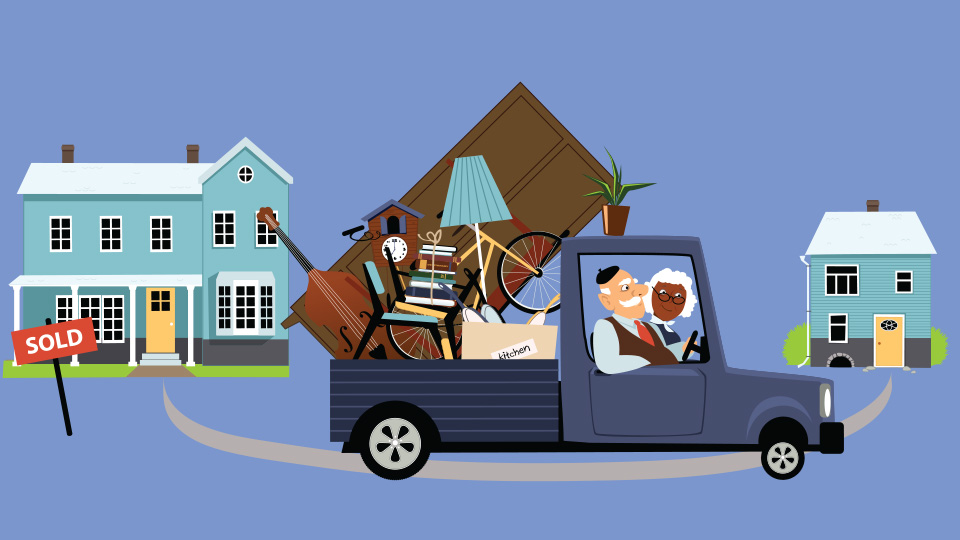October 23, 2018
Understanding superannuation downsizing contributions for those aged 60 or older

As an incentive for older Australians to downsize their homes, those aged 60 or older can now contribute part or all of the proceeds of the sale of a home to superannuation.
However, a number of conditions and limits apply.
Here’s what you need to know.
What is it?
Since July 1, 2018, people who are 65 years of age or older (and from July 1, 2022, the age has been reduced to 60) have been able to make a downsizer contribution to superannuation of up to $300,000 per person (up to $600,000 for a couple) from the proceeds of selling their residential home.
The contribution is not a non-concessional contribution (NCC) and does not count towards the contribution caps. It is a tax-free contribution.
If a member has more than $1.7 million in superannuation they are still able to make a downsizer contribution.
If the downsizer contribution is made into the retirement phase it will count towards a member’s transfer balance cap.
The transfer balance cap limits the amount you can have in retirement phase to $1.7 million.
Who is eligible?
You are able to make a downsizer contribution up to $300,000 per person if you meet all of the following requirements:
- You are at least 60 years of age on the date you make the downsizer contribution
- The house was sold on or after July 1, 2018
- You or your spouse owned the home for more than 10 years prior to the sale
- The house was your main residence and is exempt or partially exempt from CGT
- You have not made a downsizer contribution before from the sale of another home
- The downsizer contribution cannot be greater than the sale proceeds of your home. For example, if a couple sold their home for $400,000 the most they can make as a downsizer contribution is $400,000 combined
- The downsizer contribution is made within 90 days of receiving the sale proceeds. However, an extension may be allowed by the ATO
- You complete the required ATO form and provide this to your superannuation fund before or when the downsizer contribution is made.
Benefits
The benefits of being able to make downsizer contributions include:
- Extra contributions: This is an opportunity for those that are over age 60 to make extra contributions to super. It also allows those over age 60 that have more than $1.7 million in superannuation to make extra contributions
- No work test for over 75s: Normally to make a contribution to super after age 67 you have to meet the work test. There is no work test in relation to downsizer contributions
- No requirement to buy a new home: If a downsizer contribution is made there is no requirement for you to purchase a new or cheaper home. You could even purchase a more expensive home
- Possible tax savings: Superannuation funds pay tax at 0% on retirement phase earnings and at 15% in the accumulation phase. This may be less than marginal tax rates
- Contribution limit is for each spouse: Both spouses can make a downsizer contribution up to $300,000 if they meet the eligibility requirements, even if the home was only owned by one spouse.
Other considerations
- Centrelink impact: Whether or not you make a downsizer contribution, the sale of a home may impact your income and assets calculation for aged pension purposes. An assessment of the impact on any Centrelink benefits should be done prior to downsizing
- Investment risk: Once the money is contributed to a superannuation fund it will be subject to investment risk depending on how the amount is invested.
Seek professional advice
With many conditions to meet and consequences to be understood, anyone considering a downsizer contribution should seek professional advice.
To explore if a downsizer contribution is right for you, contact LDB’s superannuation experts by calling (03) 9875 2900 or filling out the form below.





